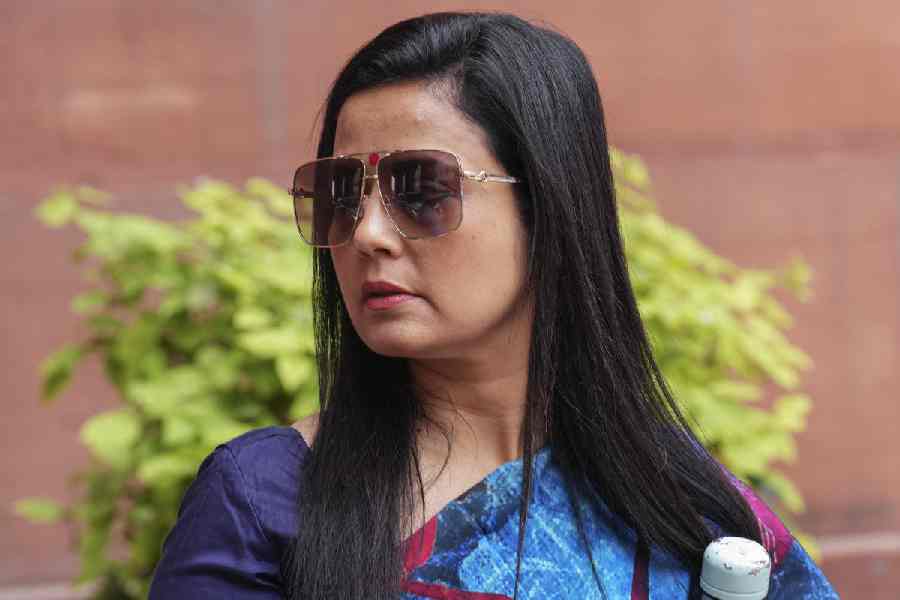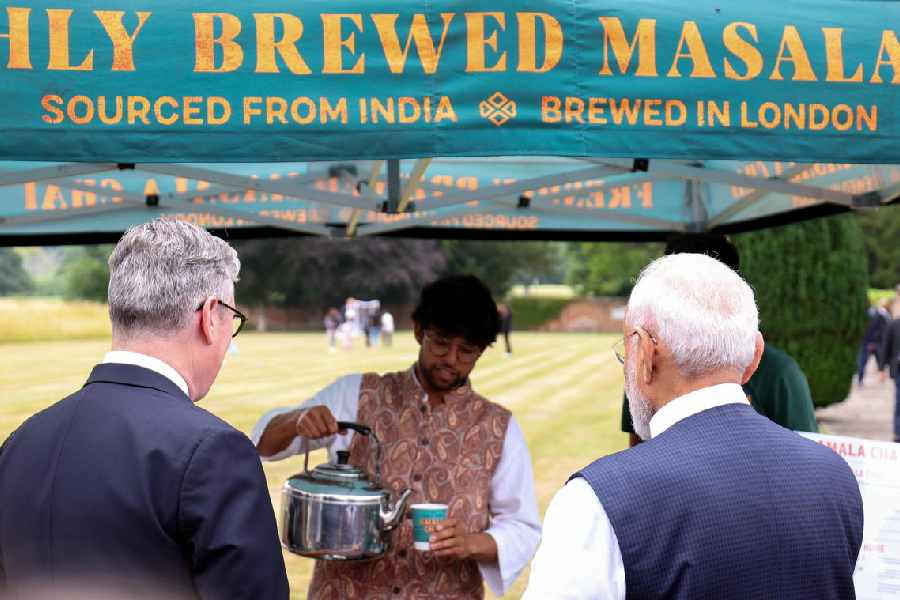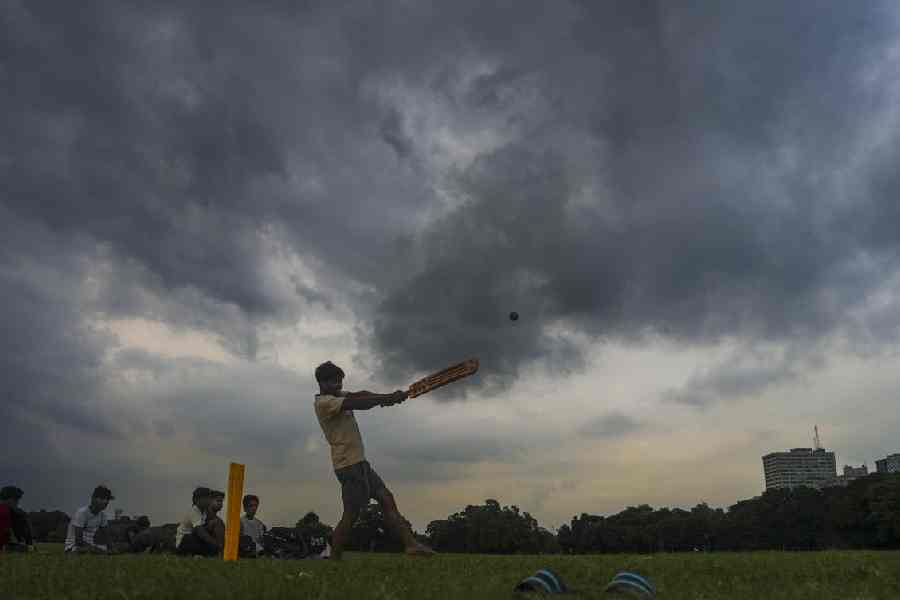The Banana is one of the oldest cultivated plants, finding mention in the epics The Ramayana and The Mahabharata. Even when Alexander invaded India in 327 B.C. the Greek was greatly impressed by the Bananas growing in the Indus Valley.
The edible Banana is indigenous to the warm moist parts of Asia and probably originated somewhere in the mountain regions of Assam, Burma, Thailand or Indo-China. From here it has spread to tropical parts of America, Africa, Australia and the Philippines. At present they are grown in at least 107 countries, primarily for their delicious and sweet fruit.
The Banana appears to have been taken to Palestine and Egypt from India in the 7th century A.D. by the Arabs. Today Banana consumption increases significantly in Islamic countries during Ramadan, the month of daylight fasting. It is not only the staple food of millions of people but is also an important commercial fruit of the tropical areas. Owing to its multiple uses it is referred to as Kalpataru.
India is the largest producer of Bananas in the worlds. Andhra Pradesh, Assam, Bihar, Gujarat, Karnataka, Kerala, Madhya Pradesh, Maharashtra, Orissa and West Bengal are the major Banana-growing states, the highest productivity being 52.18 tones/ha in Maharashtra and then 40 tones/ha in Gujarat.
 |
| A view of a banana plantation. A Telegraph picture |
A herbaceous plant, the Banana is scientifically known as Musa paradisiaca of genus Musa and family Musaceae. Their tall stately leaves, unusual flowers and relative freedom from pests and diseases make Bananas attractive to the home gardener of Salt Lake.
Scientists are of the opinion that almost all edible Bananas come from two wild species — Musa acuminata and Musa balbisiana. Generally modern taxonomists follow Simonds’ and Shepherd’s System names for Banana as Musa acuminata, Musa balbisiana or Musa acuminate X balbisiana. The old scientific name Musa paradisiaca is no longer in use, though still recognised by some authorities. The common English term “plaintain” generally refers to cooking banana whereas “banana” usually refers to the soft and sweet variety. But this distinction is purely arbitrary and there is some confusion. The terms “plaintain” and “banana” are sometimes used interchangeably as per their uses.
The Banana plant is not a tree but it a giant herbaceous flowering plant. The plants are normally tall and fairly sturdy. Their upright stem-like structure, the pseudo-stem that grows tall, is composed of giant overlapping leaf bases. The outer-most layer is made up of the oldest leaf. The plant grows from a corm and each pseudo-stem can produce a single branch of Bananas. After fruiting the pseudo-stem dies, but suckers may develop from the base of the plant.
Leaves are spirally arranged and may grow up to eight to 10 feet in length and two feet wide. Its large, flexible and waterproof leaves are often used as a plate for serving food in various parts of India, especially in the south. In south Indian states of Tamil Nadu, Karnataka, Andhra Pradesh and Kerala, Banana leaves are used to serve food in every occasion.
The leaves contain juices that protect food and add a fine flavour. They often serve as wrapping for preparing the popular Bengali dish of paturi Hilsa and Bhetki paturi. In Tanjore district of Tamil Nadu a wild species of Banana Musa balbisiana is cultivated on about 2,000 acres of land exclusively for their leaves. But banana leaves are easily torn by the wind.
About 12 to 15 months after planting, the flower stalk will emerge from the centre of the tightly rolled bunch of leaves which form the pseudo-stem. The flower stalk is enclosed in a large floral bracht which, as it opens forms the pendent “bell” of the Banana plant. Three types of flowers are arranged spirally around the long flower stalk behind the bell.
The basal flowers are female, then appear the male flowers, followed by neuter flowers towards the tip. Only female flowers eventually become the Banana fruit. The fruits are called fingers, which are borne in hands of about 12 fingers each of the bunch. The bunch contains up to 150 fingers. The pseudo-stems produce flowers only once and only a single bunch of Bananas is produced. After fruiting the pseudo-stem either dies or it is cut off, but off shoots may develop from the base of the plant. The end of inflorescence (mocha) is cooked as the vegetable in Bengal. The inner core of the pseudostem (thor) is also cooked as vegetable.
More about Banana will be discussed in the next issue.
To be continued











